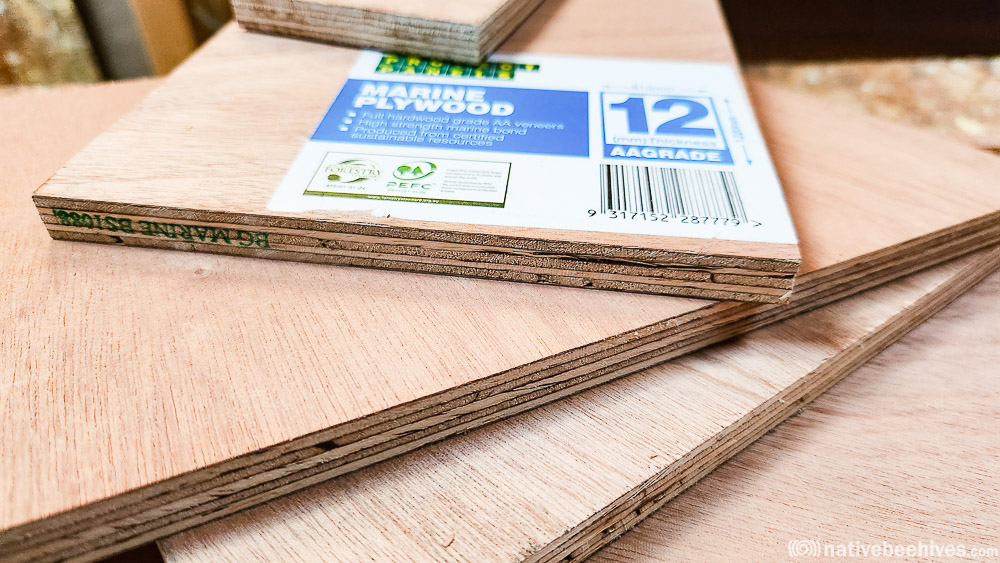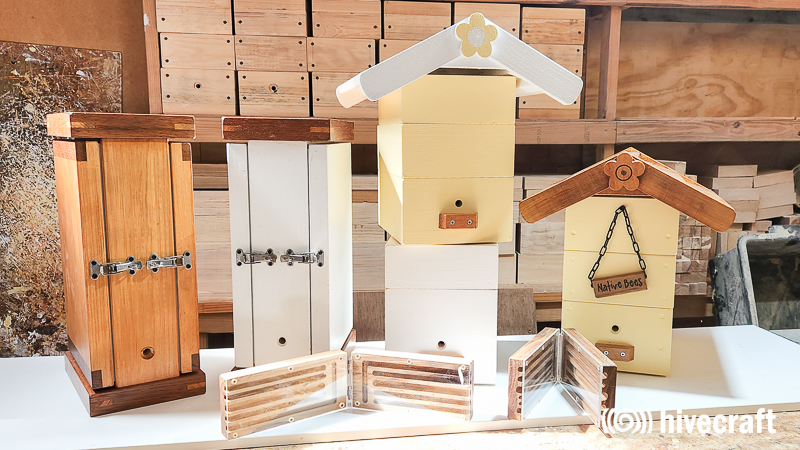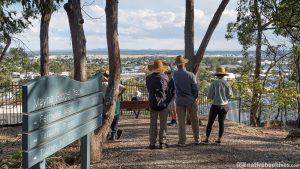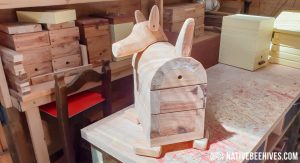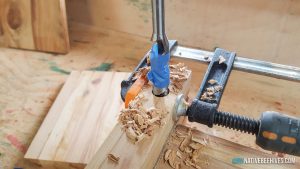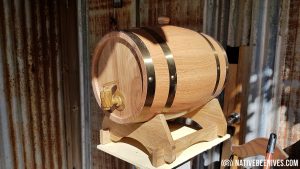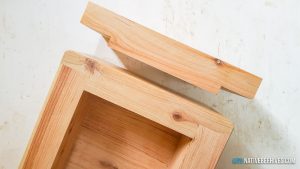A slightly controversial material is Plywood, and here I’m adding to the controversy by using 12mm thick Ply (*for testing purposes only – I’m not recommending it).
This article might show how the material lasts and also generally I’d like to see how well, or poorly a 12mm thick box works for temperatures in comparison with other boxes.
Marine Ply is hardwood and used for many things like boat construction where it’s covered over with fibreglass, but it isn’t magic and can still rot. Some people use it for making native bee boxes and I have seen many plywood boxes that have lasted twenty years. It may just depend on the exposure to external moisture.
Photos: Boxes complete and painted white.
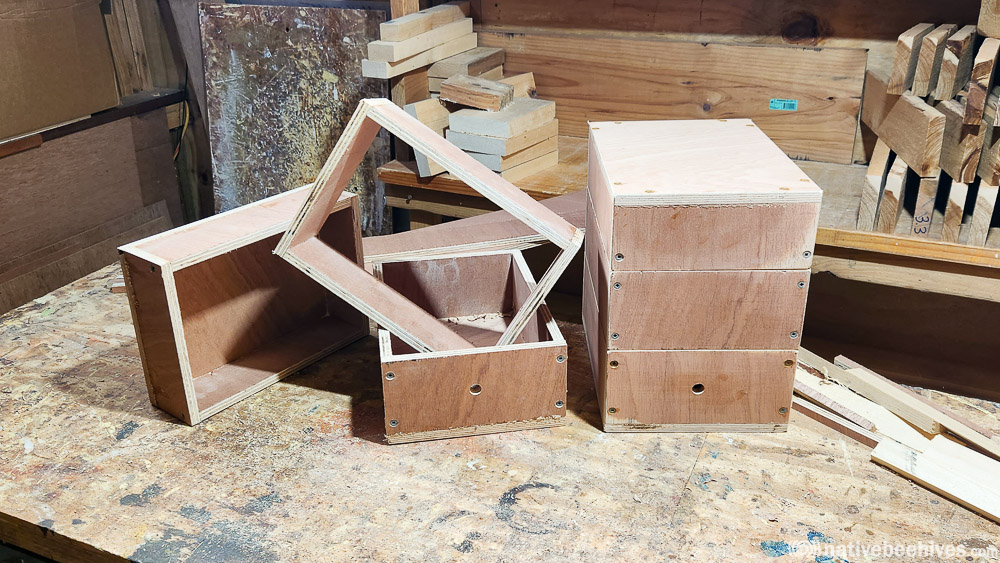
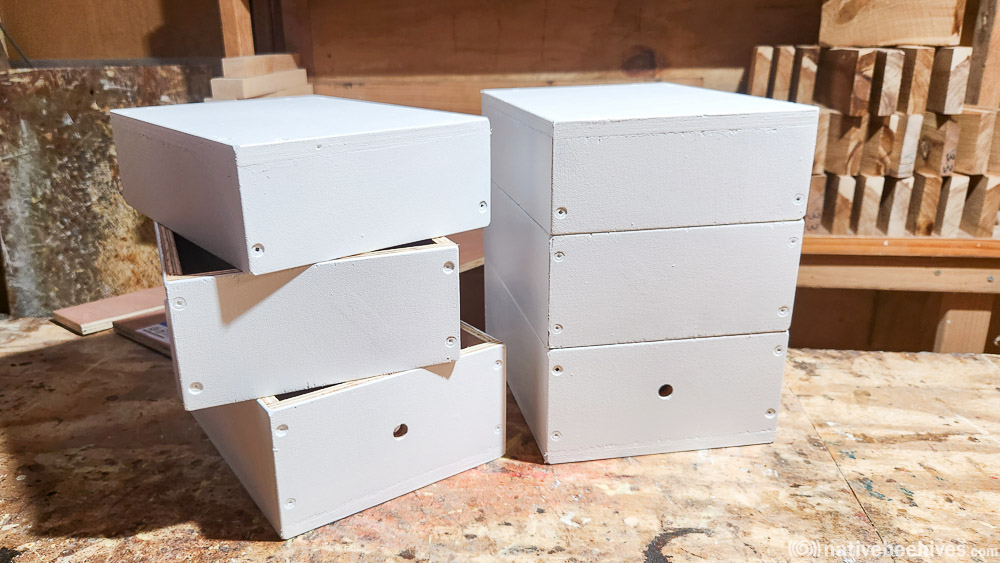
Below: Temperature probes installed and I’ll get bees in towards the end of the year – 2023.
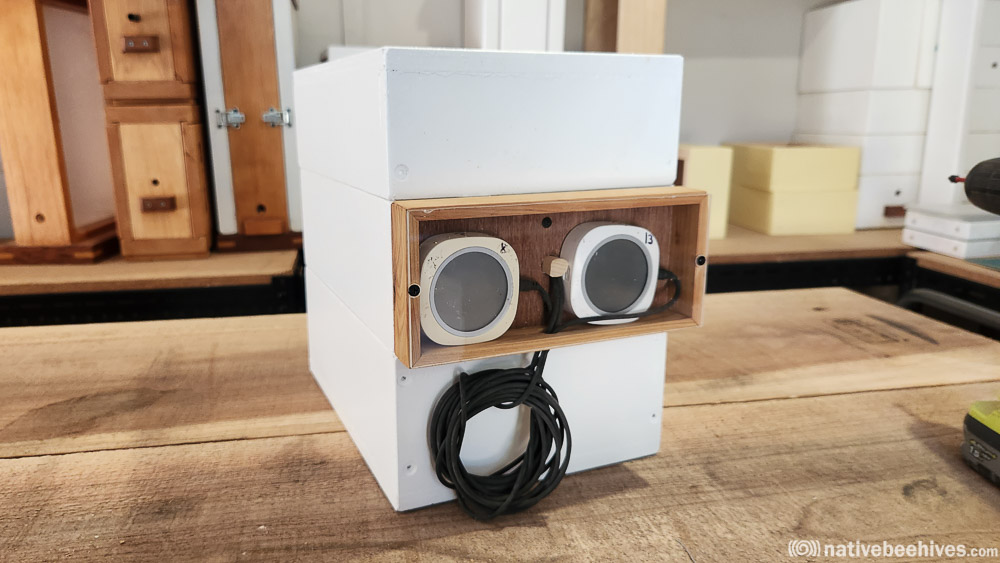

Test results will appear in the Test Category here: https://www.nativebeehives.com/category/tests/
Chart below: The box tested here is 12mm marine ply for the middle frame and honey super. The sensors are in the middle frame. The bottom half of the box is 25mm hoop pine.
Without the foam cover there’s no insulation of the 12mm marine ply box. The brood temperatures are still good though as the bees create the insulating structures around the brood.
Article: https://www.nativebeehives.com/foam-covers-for-insulation/

